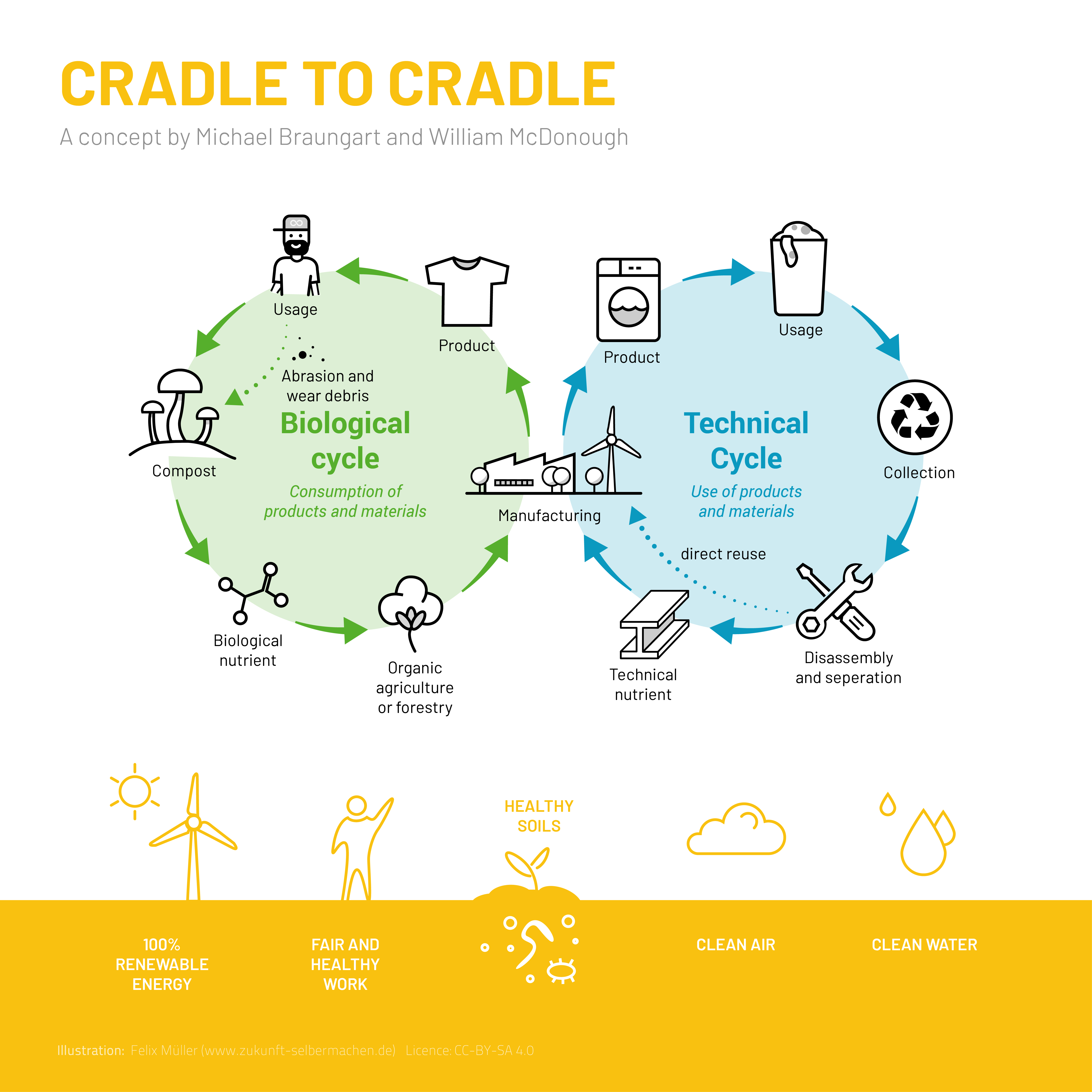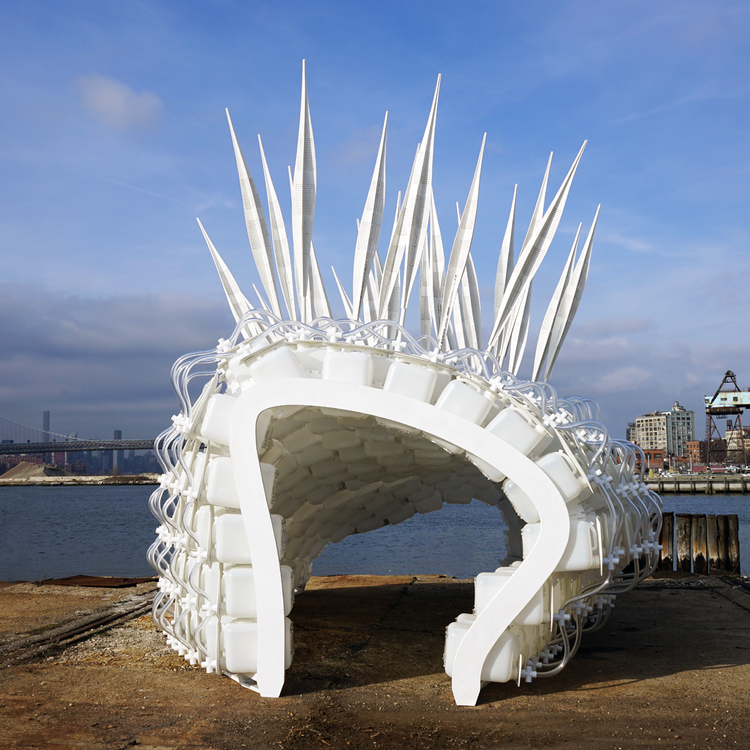Annotated Bibliography- Environmentalism in Architecture
Teymur, N. (1982) Environmental discourse : a critical analysis of ‘environmentalism’ in architecture, planning, design, ecology, social sciences and the media / Necdet Teymur. London: Press. – This complex architectural analysis, published in 1982, is a thought-provoking work that critically examines the concept of “environmentalism” within various fields, including architecture, planning, design, ecology, social sciences, and the media. Teymur dives into the discourse surrounding environmentalism and scrutinizes its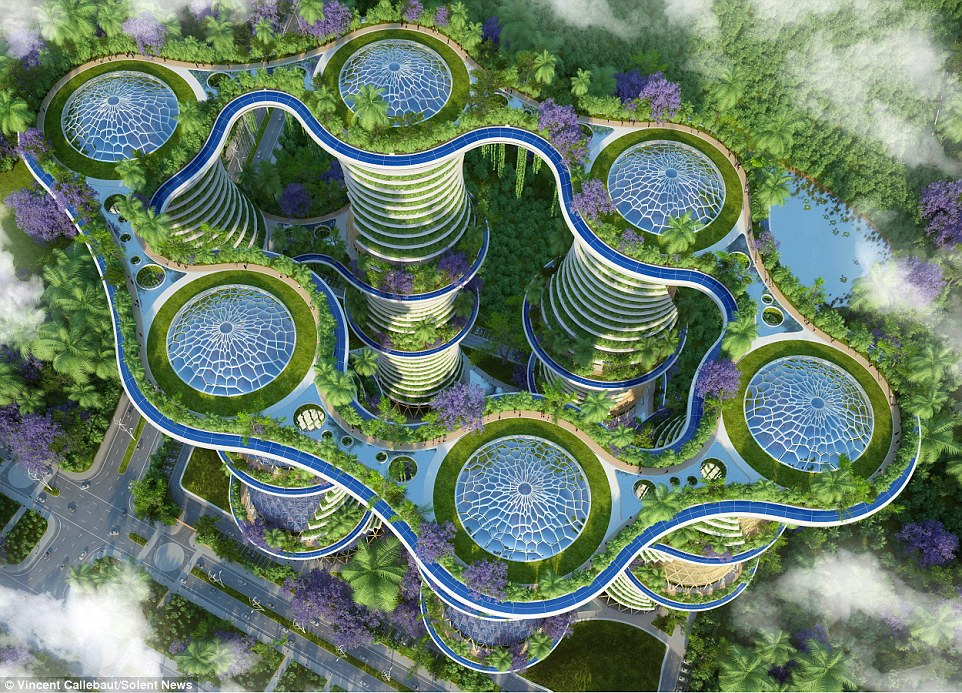 application and implications in these diverse disciplines. The book offers an in-depth analysis of how environmental concerns are addressed and understood across these fields, providing valuable insights into the intersection of environmentalism and different areas of study and practice. It’s a significant commentary that encourages readers to think critically about the environmental discourse and its role in shaping these disciplines.
application and implications in these diverse disciplines. The book offers an in-depth analysis of how environmental concerns are addressed and understood across these fields, providing valuable insights into the intersection of environmentalism and different areas of study and practice. It’s a significant commentary that encourages readers to think critically about the environmental discourse and its role in shaping these disciplines.
Anon (2008) La ville écologique : contributions pour une architecture durable = The ecological city : contributions for a sustainable architecture / AS Architecture Studio. Bruxelles: Archives d’architecture moderne.-This book, published in 2008 by AS studios, offers valuable insights into sustainable urban design and architecture. The book explores the concept of the ecological city and provides contributions to the field of sustainable architecture. It discusses various aspects of sustainable urban planning, design, and environmental considerations. AS Architecture Studio presents innovative ideas and practical strategies for creating more environmentally friendly and sustainable cities. This book is a resource for architects, urban planners, and anyone interested in the intersection of architecture and ecological urban development, offering ideas and solutions to address environmental challenges in urban areas.
Barber, D. (2016) A House in the Sun: Modern Architecture and Solar Energy in the Cold War. [Online]. New York: Oxford University Press.- In this book, Barber explores the intersection of modern architecture, solar energy, and the political context of the Cold War. The book showcases the design and development of solar-powered homes and buildings during the mid-20th century, highlighting how architectural innovations were influenced by both technological advancements and political ideologies. Barber discusses the role of architects and engineers in the promotion of solar energy, the challenges they faced, and the broader social and political implications of using renewable energy sources in architectural design. This book provides valuable historical insights into the relationship between architecture, technology, and environmental considerations during a significant period in history.
Steemers, K. & Steane, M. A. (2004) Environmental diversity in architecture / edited by Koen Steemers and Mary Ann Steane. London ;: Spon Press.- This book is a deep dive into the concept of environmental diversity in architectural design. The importance of incorporating diverse environmental considerations into the design and planning of buildings and spaces is greatly emphasised in a light that entails the utmost importance of this topic. It offers insights into how architects can create environments that respond to a wide range of environmental factors, including climate, energy efficiency, and sustainability. The book features contributions from various experts in the field, making it a valuable resource for architects, designers, and researchers interested in the intersection of architecture and the natural environment. It encourages a holistic and adaptable approach to architectural design, considering the diversity of environmental challenges and opportunities.
fig1: www.inhabitat.com
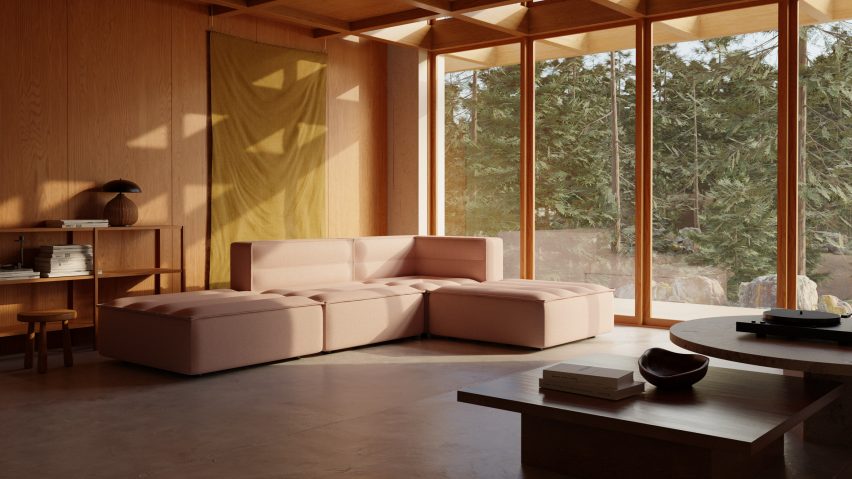


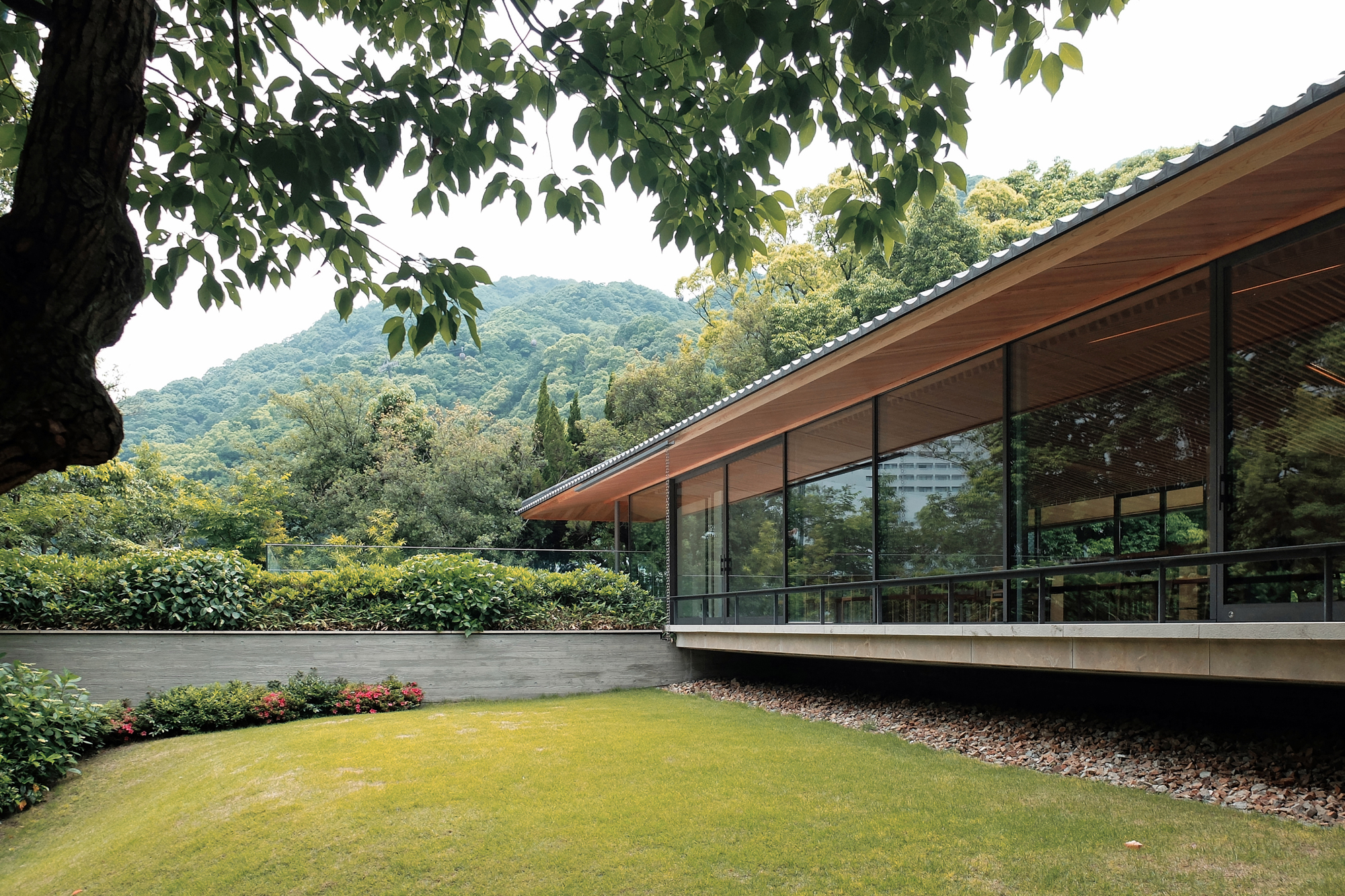 Last week’s lecture presented various ideologies, such as capitalism and the cradle to grave idea. Opposite to those ideas, stood Karl Marx’s ideologies and the cradle to cradle idea. In my opinion, socialism or communism are not the response, as in practice it never truly works equally for everyone. I believe, we can implement the cradle to cradle idea in a capitalist society, as a longterm response to years of wastefulness. There are already a myriad of products that can be reused and are not harmful for the environment, such as bamboo toothbrushes or shampoo bars that don’t contain packaging. But nothing is forever, and everything runs out at one point. Thus, what would be the best way to implement cradle to cradle into our daily lives? The C2C concept, developed by William McDonough and Michael Braungart, advocates for designing products and systems that are regenerative and sustainable, with a focus on minimising waste and environmental impact. Some possible ways for implementing C2C would be: completely rethinking and redesigning products with the purpose of extending the product’s life, eco-friendly materials, education and more awareness about the topic, financial aid for brands that strive to go into a C2C direction. A C2C future is possible, but it goes without saying that it would take a lot of work and collective determination. When applying the Cradle to Cradle principles to interior design for instance, the goal is to create spaces that are not only aesthetically pleasing but also environmentally responsible. Material selection is one incredibly effective way of making sure that the project’s components can have a life even long after the initial concept has served its purpose. Thus, choosing materials that are safe, healthy, and environmentally sustainable, looking for products that have been certified by organisations like Cradle to Cradle Certified™, which assesses materials based on factors such as material health, material reutilisation, renewable energy, water stewardship, and social fairness, using recyclabale and recycled materials represent a myriad of ways in which the C2C concept can successfully be implemented into interior design. Furthermore, I find it that designers should search for inspiration, materials and ways of building in the surrounding environment and should opt for locally sourced alternatives. Amongst different architectural styles,Japanese architecture is considered to be the most sustainable, as it is reflecting a harmonious relationship with nature and a commitment to resource efficiency. To further my point, Japanese interior architecture is adamant on incorporating lots of cultural, locally sourced materials such as dried up bamboo or integrating nature in various ways. It is also very adaptable and flexible, as elements are modular and can be repurposed from one interior to a different kind of interior. Perhaps the most sustainable aspect would be the traditional craftsmanship that is involved in Japanese design, practice that reminds me of William Morris’s concept, the Arts and Crafts movement. Since every piece is unique, there is no mass production, thus no mass pollution.
Last week’s lecture presented various ideologies, such as capitalism and the cradle to grave idea. Opposite to those ideas, stood Karl Marx’s ideologies and the cradle to cradle idea. In my opinion, socialism or communism are not the response, as in practice it never truly works equally for everyone. I believe, we can implement the cradle to cradle idea in a capitalist society, as a longterm response to years of wastefulness. There are already a myriad of products that can be reused and are not harmful for the environment, such as bamboo toothbrushes or shampoo bars that don’t contain packaging. But nothing is forever, and everything runs out at one point. Thus, what would be the best way to implement cradle to cradle into our daily lives? The C2C concept, developed by William McDonough and Michael Braungart, advocates for designing products and systems that are regenerative and sustainable, with a focus on minimising waste and environmental impact. Some possible ways for implementing C2C would be: completely rethinking and redesigning products with the purpose of extending the product’s life, eco-friendly materials, education and more awareness about the topic, financial aid for brands that strive to go into a C2C direction. A C2C future is possible, but it goes without saying that it would take a lot of work and collective determination. When applying the Cradle to Cradle principles to interior design for instance, the goal is to create spaces that are not only aesthetically pleasing but also environmentally responsible. Material selection is one incredibly effective way of making sure that the project’s components can have a life even long after the initial concept has served its purpose. Thus, choosing materials that are safe, healthy, and environmentally sustainable, looking for products that have been certified by organisations like Cradle to Cradle Certified™, which assesses materials based on factors such as material health, material reutilisation, renewable energy, water stewardship, and social fairness, using recyclabale and recycled materials represent a myriad of ways in which the C2C concept can successfully be implemented into interior design. Furthermore, I find it that designers should search for inspiration, materials and ways of building in the surrounding environment and should opt for locally sourced alternatives. Amongst different architectural styles,Japanese architecture is considered to be the most sustainable, as it is reflecting a harmonious relationship with nature and a commitment to resource efficiency. To further my point, Japanese interior architecture is adamant on incorporating lots of cultural, locally sourced materials such as dried up bamboo or integrating nature in various ways. It is also very adaptable and flexible, as elements are modular and can be repurposed from one interior to a different kind of interior. Perhaps the most sustainable aspect would be the traditional craftsmanship that is involved in Japanese design, practice that reminds me of William Morris’s concept, the Arts and Crafts movement. Since every piece is unique, there is no mass production, thus no mass pollution.